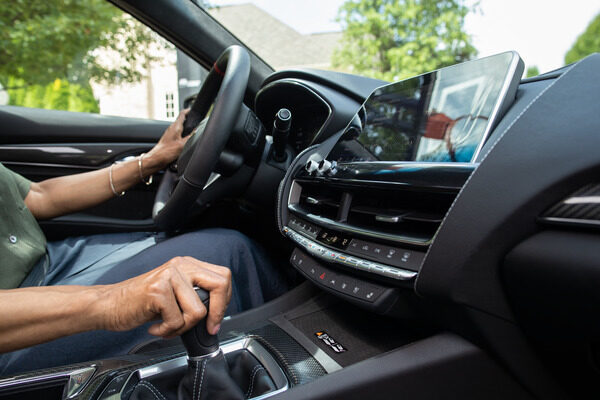What Is a Lienholder?
Just like leases have lessors, liens have lienors, or lienholders. The lienholder is the creditor to whom the debtor owes money. In some more specific cases, the lienholder may have...
Read more about What Is a Lienholder?
Just like leases have lessors, liens have lienors, or lienholders. The lienholder is the creditor to whom the debtor owes money. In some more specific cases, the lienholder may have...
Read more about What Is a Lienholder?
In the market for a used car? Here’s what you need to know while you’re looking.
Read more about What to Look for When Buying a Used Car
There might come a time when you need to rent a car — either when you’re on vacation or even when your car is in the shop. Whatever the situation,...
Read more about Cheap Car Rental Tips
If you’re in the market for a new car, you may be debating whether to buy or lease. It’s a big decision. After buying a house, a new car is...
Read more about Should You Lease or Buy a Car?
Want to buy your first car but don’t know where to start? Follow these tips to set yourself up for success.
Read more about First-Time Car Buyer’s Guide: Tips and Tools
Just like many other goods and services, car prices are not immune to the impacts of inflation. Discover how inflation affects car prices.
Read more about How Does Inflation Affect Car Prices?